
How to Use battery: Examples, Pinouts, and Specs
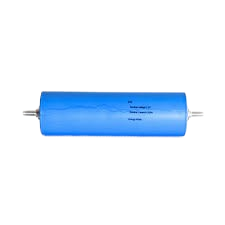
 Design with battery in Cirkit Designer
Design with battery in Cirkit DesignerIntroduction
The Lifepo4 Baterai 3.2 20Ah is a high-performance lithium iron phosphate (LiFePO4) battery designed for reliable energy storage and delivery. This battery is known for its long cycle life, high energy density, and excellent safety features. It is commonly used in applications such as renewable energy systems, electric vehicles, portable electronics, and backup power supplies.
Explore Projects Built with battery
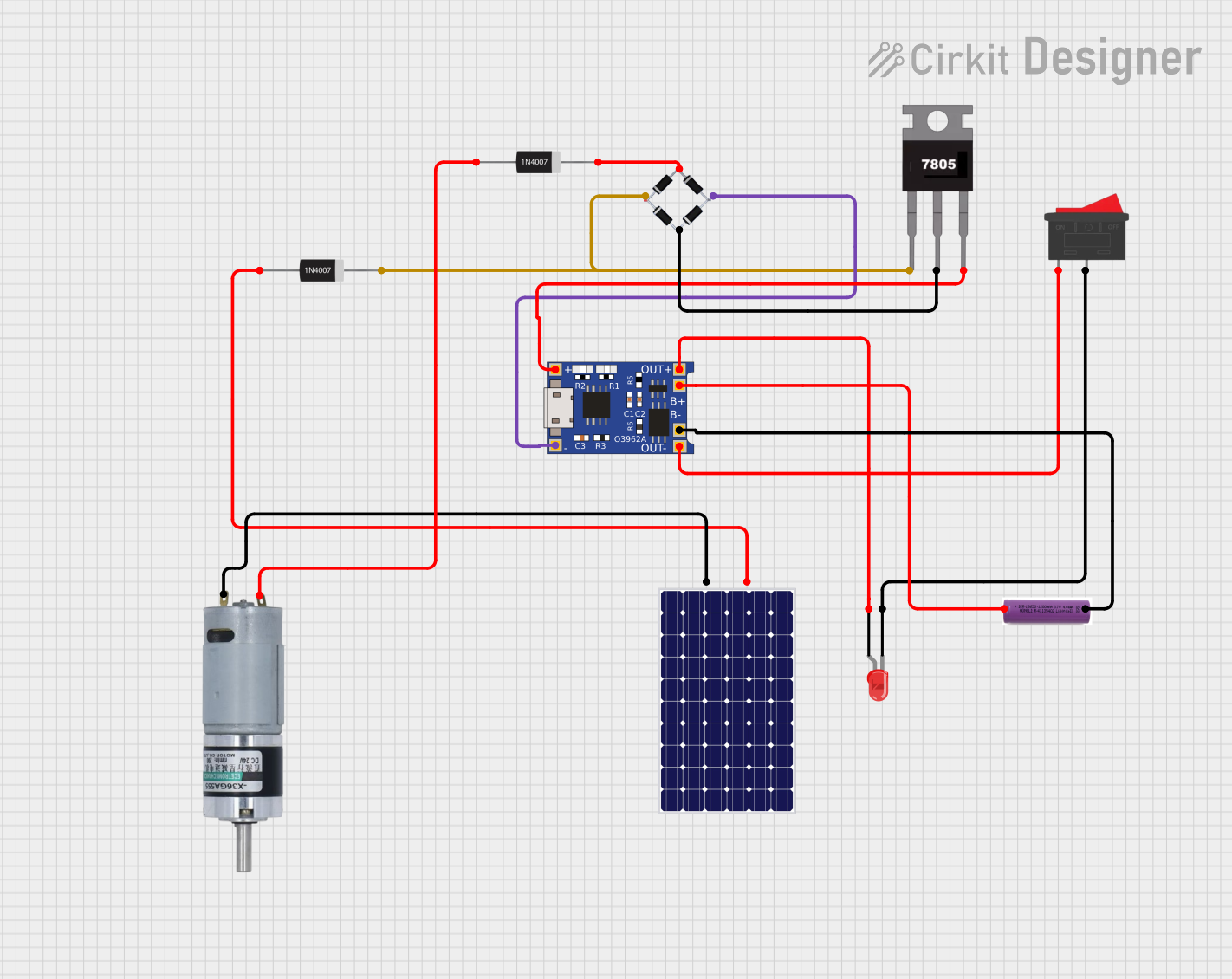
 Open Project in Cirkit Designer
Open Project in Cirkit Designer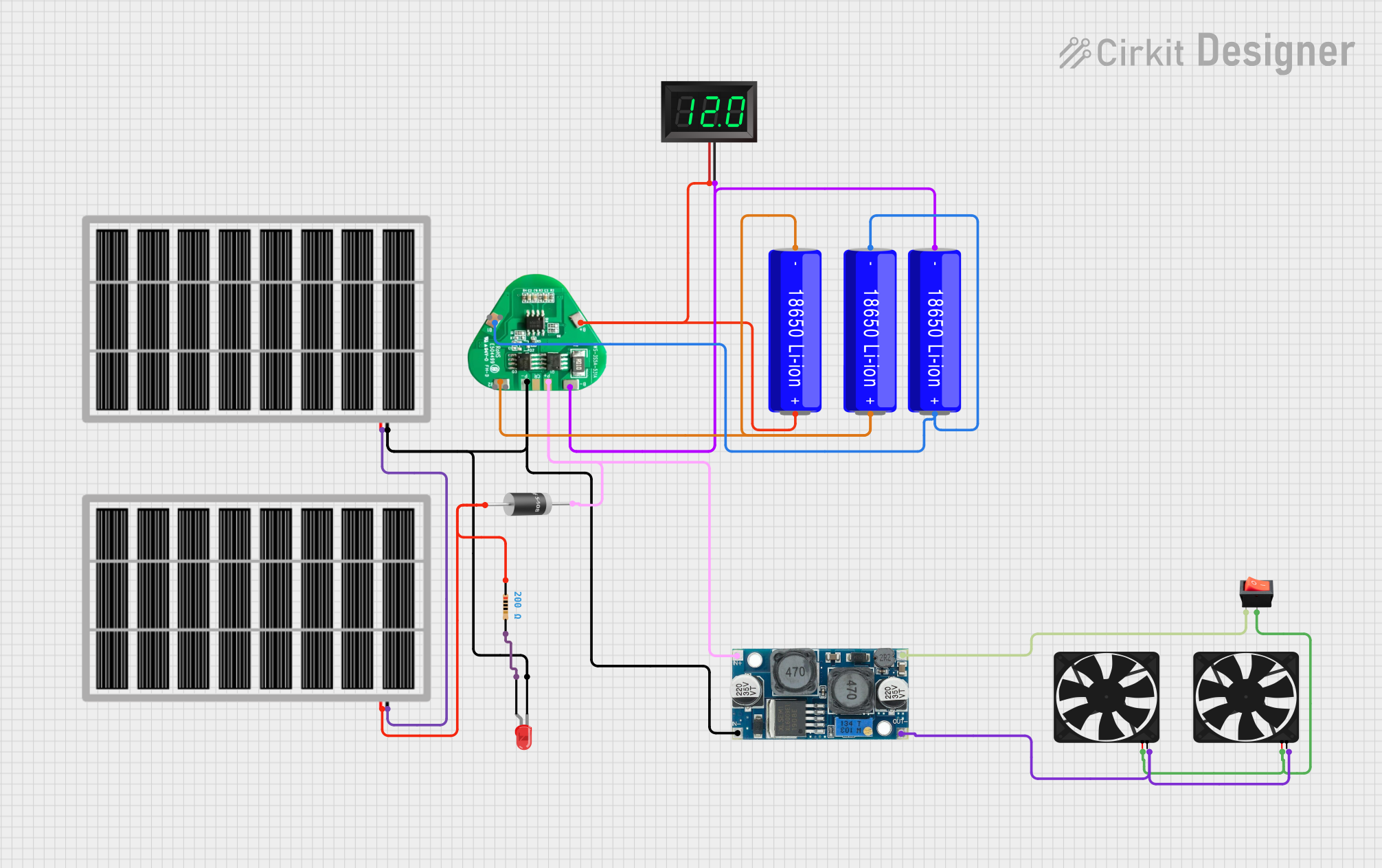
 Open Project in Cirkit Designer
Open Project in Cirkit Designer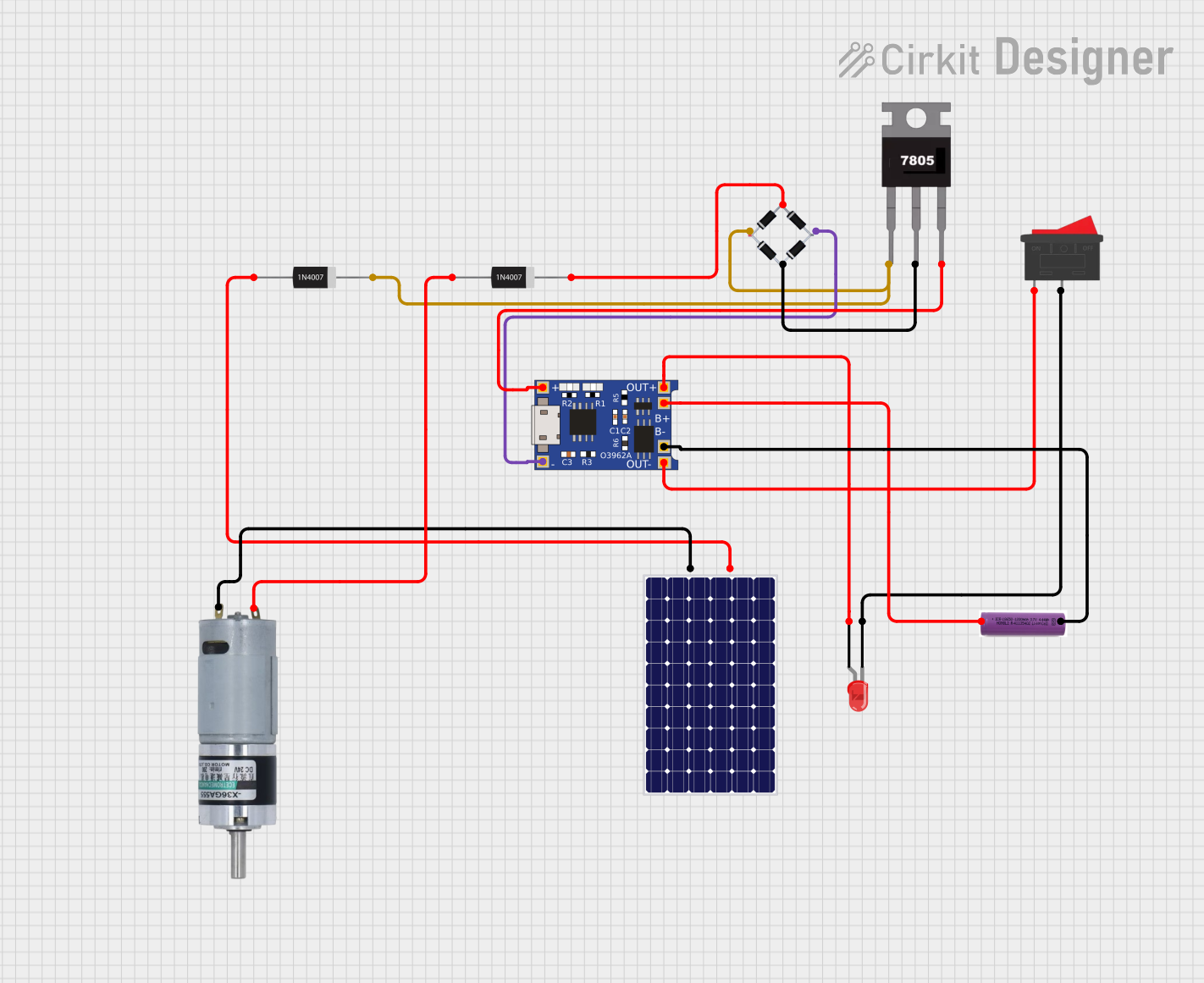
 Open Project in Cirkit Designer
Open Project in Cirkit Designer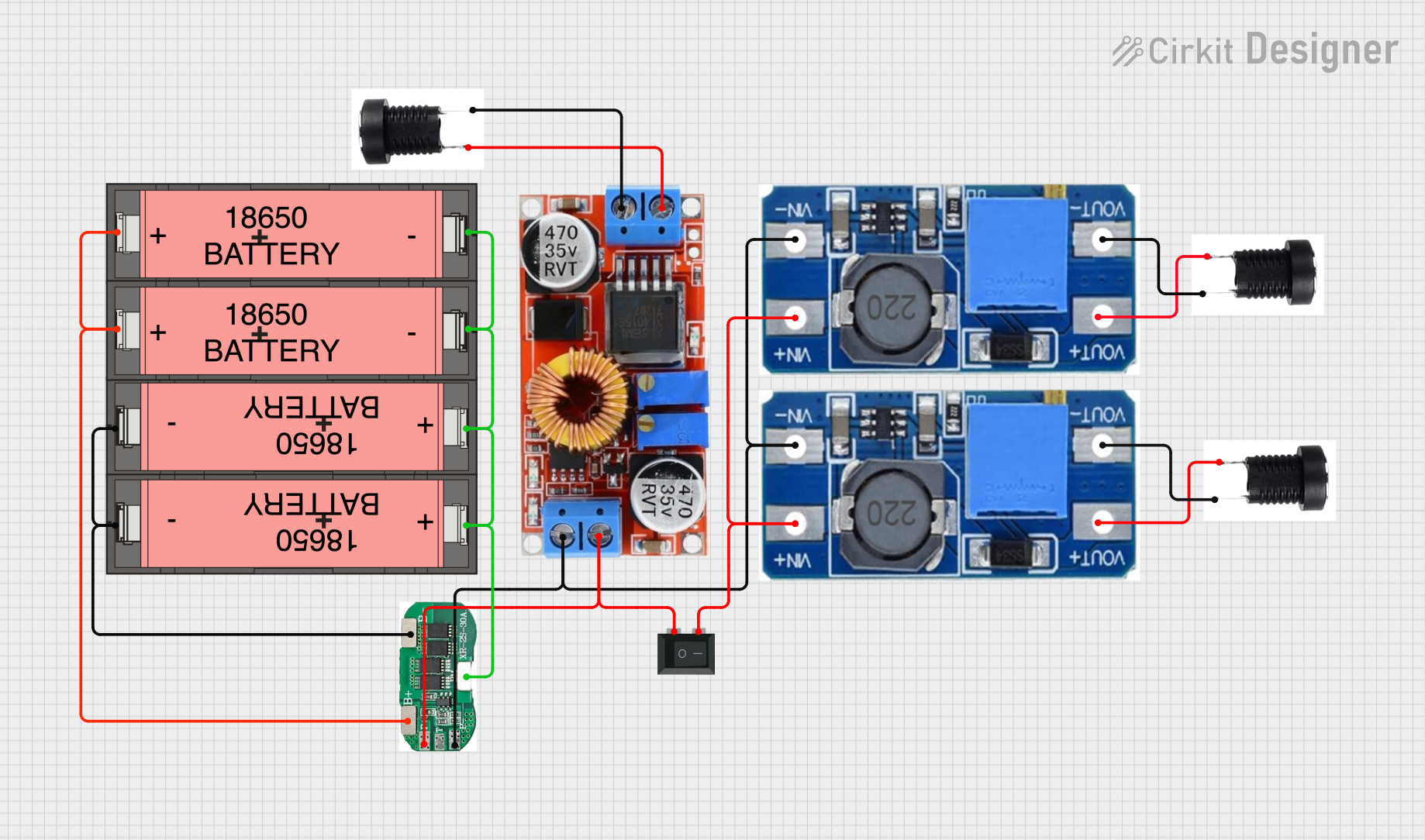
 Open Project in Cirkit Designer
Open Project in Cirkit DesignerExplore Projects Built with battery

 Open Project in Cirkit Designer
Open Project in Cirkit Designer
 Open Project in Cirkit Designer
Open Project in Cirkit Designer
 Open Project in Cirkit Designer
Open Project in Cirkit Designer
 Open Project in Cirkit Designer
Open Project in Cirkit DesignerCommon Applications and Use Cases
- Solar energy storage systems
- Electric bicycles and scooters
- Uninterruptible Power Supplies (UPS)
- Robotics and IoT devices
- Portable power banks and tools
Technical Specifications
The following table outlines the key technical details of the Lifepo4 Baterai 3.2 20Ah:
| Parameter | Specification |
|---|---|
| Nominal Voltage | 3.2V |
| Capacity | 20Ah |
| Chemistry | Lithium Iron Phosphate (LiFePO4) |
| Maximum Charge Voltage | 3.65V |
| Minimum Discharge Voltage | 2.5V |
| Continuous Discharge Current | 20A |
| Peak Discharge Current | 40A |
| Cycle Life | >2000 cycles |
| Operating Temperature | -20°C to 60°C |
| Dimensions (LxWxH) | 135mm x 35mm x 160mm |
| Weight | ~0.6kg |
Pin Configuration and Descriptions
The Lifepo4 Baterai 3.2 20Ah typically has two terminals for electrical connections:
| Pin/Terminal | Description |
|---|---|
| Positive (+) | Connects to the positive side of the circuit. Supplies power. |
| Negative (-) | Connects to the negative side of the circuit. Completes the circuit. |
Usage Instructions
How to Use the Battery in a Circuit
- Connection: Connect the positive terminal of the battery to the positive rail of your circuit and the negative terminal to the ground or negative rail.
- Charging: Use a LiFePO4-compatible charger with a maximum charge voltage of 3.65V and a current limit of 20A to safely charge the battery.
- Discharging: Ensure the load does not exceed the continuous discharge current of 20A. For short bursts, the peak discharge current of 40A can be used.
- Protection Circuit: It is recommended to use a Battery Management System (BMS) to prevent overcharging, over-discharging, and short circuits.
Important Considerations and Best Practices
- Avoid Overcharging: Do not exceed the maximum charge voltage of 3.65V to prevent damage.
- Prevent Deep Discharge: Avoid discharging below 2.5V to maintain battery health and longevity.
- Temperature Monitoring: Operate the battery within the specified temperature range (-20°C to 60°C) to ensure safety and performance.
- Storage: Store the battery in a cool, dry place at around 50% charge for long-term storage.
- Wiring: Use appropriate gauge wires to handle the current without overheating.
Example: Connecting to an Arduino UNO
The Lifepo4 Baterai 3.2 20Ah can be used to power an Arduino UNO. Below is an example of how to connect the battery:
- Connect the positive terminal of the battery to the VIN pin of the Arduino UNO.
- Connect the negative terminal of the battery to the GND pin of the Arduino UNO.
Sample Code for Arduino UNO
// This code demonstrates a simple LED blink using an Arduino UNO powered by
// the Lifepo4 Baterai 3.2 20Ah. Ensure the battery is connected properly.
const int ledPin = 13; // Pin connected to the onboard LED
void setup() {
pinMode(ledPin, OUTPUT); // Set the LED pin as an output
}
void loop() {
digitalWrite(ledPin, HIGH); // Turn the LED on
delay(1000); // Wait for 1 second
digitalWrite(ledPin, LOW); // Turn the LED off
delay(1000); // Wait for 1 second
}
Troubleshooting and FAQs
Common Issues and Solutions
Battery Not Charging:
- Cause: Charger not compatible with LiFePO4 chemistry.
- Solution: Use a charger specifically designed for LiFePO4 batteries.
Battery Drains Quickly:
- Cause: Excessive load or deep discharge.
- Solution: Ensure the load does not exceed the rated discharge current. Avoid discharging below 2.5V.
Battery Overheats:
- Cause: Operating outside the recommended temperature range or excessive current draw.
- Solution: Monitor the temperature and ensure the current draw is within the specified limits.
No Output Voltage:
- Cause: Battery protection circuit activated due to over-discharge or short circuit.
- Solution: Recharge the battery to reset the protection circuit.
FAQs
Q1: Can I connect multiple batteries in series or parallel?
A1: Yes, you can connect multiple batteries in series to increase voltage or in parallel to increase capacity. However, ensure all batteries are of the same type, capacity, and charge level. Use a BMS for safety.
Q2: How do I know when the battery is fully charged?
A2: The battery is fully charged when the voltage reaches 3.65V and the charging current drops significantly.
Q3: Is the battery safe for air travel?
A3: LiFePO4 batteries are generally safer than other lithium chemistries, but always check airline regulations before traveling.
Q4: Can I use this battery for high-power applications?
A4: Yes, the battery supports a peak discharge current of 40A, making it suitable for high-power applications within this limit.